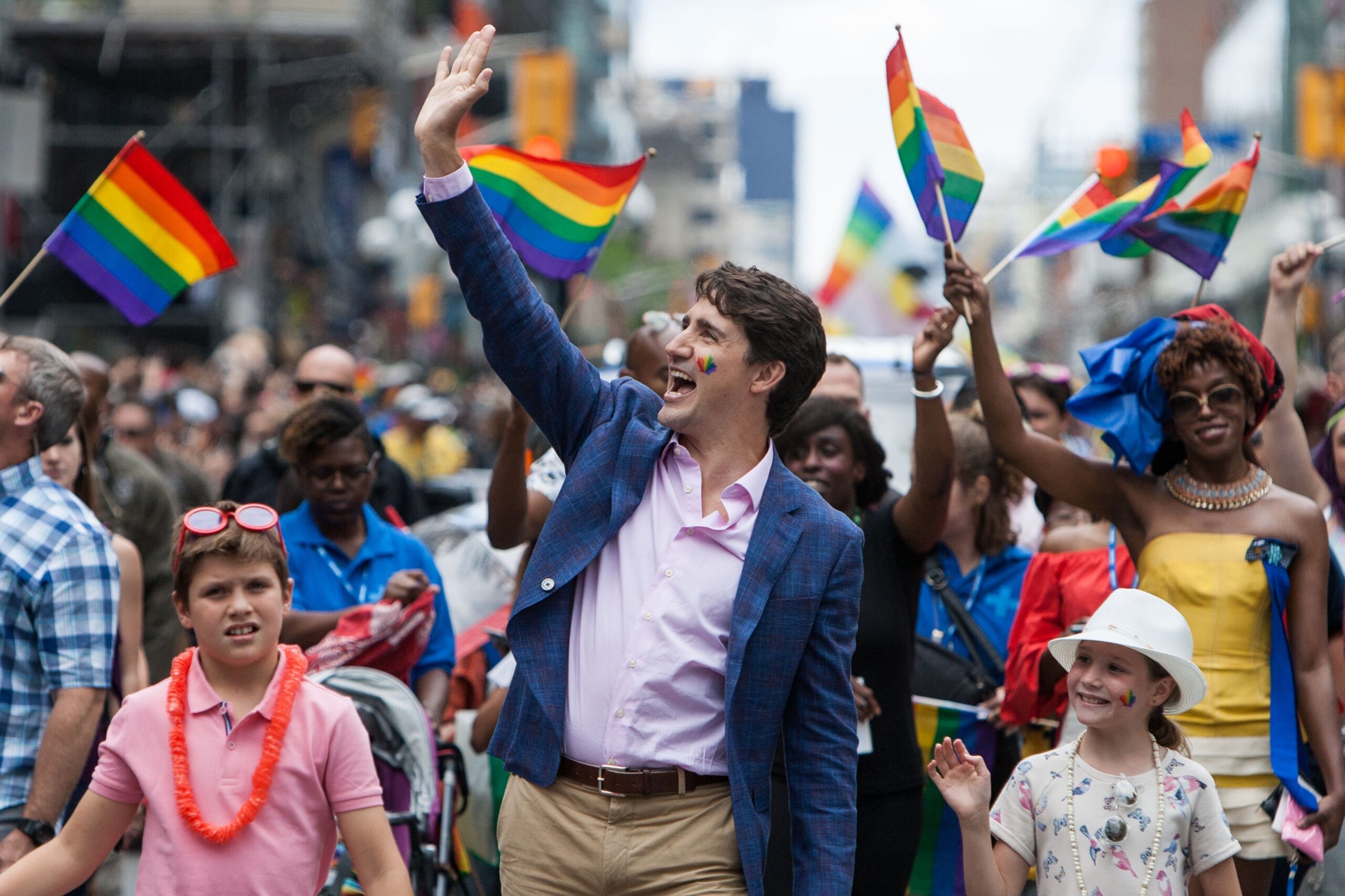The road to this year’s Toronto Pride parade was a long one.
After Black Lives Matter Toronto held a sit-in during Pride 2016, demanding a festival that put more emphasis on black, indigenous, deaf and non-white LGBT people, and asking for a ban on uniformed police, a cascade of events put the future of the festival in danger.
Following last year’s parade, Mathieu Chantelois, Pride Toronto’s executive director resigned amid serious allegations, and almost the entire staff of the organization left over the next few months.
And in January 2017, a decision by Pride Toronto members to accept BLMTO’s demands in full led to a failed attempt by some Toronto city councillors to defund the festival.
The week before the parade, Xtra reported that members of the Jewish Defence League, a far-right group, were planning on marching with severed heads and Islamophobic slogans.
Even a few hours before the parade itself, an intense rainfall threatened to keep people off the streets.
But despite the challenges, the Toronto Pride parade came together and was, like previous years, a joyous and celebratory mess that reflected the various faces of Toronto’s LGBT communities.
Once again, all three levels of government were represented, with Prime Minister Justin Trudeau, Ontario Premier Kathleen Wynne and Toronto Mayor John Tory marching.
“We are celebrating what is extraordinary about Canada, the inclusivity that makes us great, the respect for each other and a willingness to celebrate our identities,” Trudeau said.
They were joined by Perry Bellegarde, national chief of the Assembly of First Nations, who became the first national chief to march in the parade.
Though it was hard to gauge, attendance at Pride seemed to be on par with previous years.
There were some anti-Islam signs (and one very racist costume) as part of the International Human Rights Center float, but they were a small contingent, and did not cause a disruption.
Near the end of the parade, members of BLMTO made a symbolic return to the corner of Yonge and College Streets, where they held their sit-in last year. But instead of a protest, BLMTO members held a momentary demonstration, reminding the community that they’re part of the LGBT community.

 Why you can trust Xtra
Why you can trust Xtra


